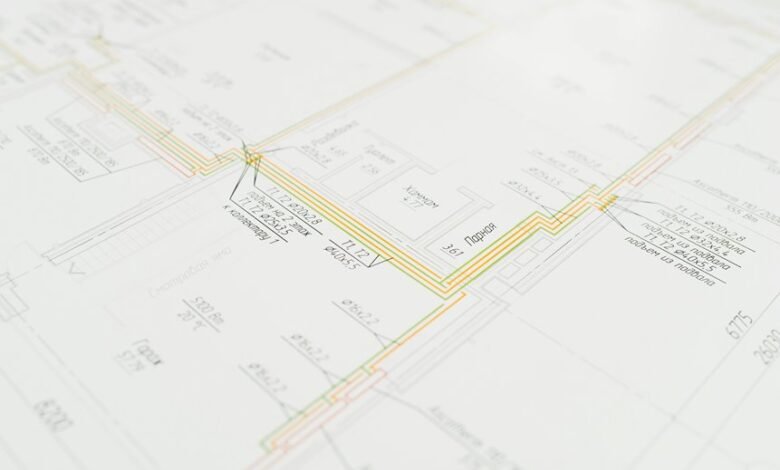3330459503 Latency and User Experience Mapping

Latency plays a pivotal role in shaping user experience across digital platforms. By dissecting different latency types, organizations can uncover hidden performance issues. This understanding allows for more informed decisions regarding user engagement strategies. Mapping these experiences reveals critical insights into user behavior, yet many overlook the nuances of this analysis. As the digital landscape evolves, the implications of latency optimization become increasingly significant. What steps can organizations take to effectively address these challenges?
Understanding Latency: Definition and Significance
Latency, a critical metric in digital interactions, refers to the time delay experienced between a user’s action and the system’s response.
Understanding latency types—such as network, processing, and queuing—is essential for conducting an effective impact assessment.
Analyzing User Experience: Key Metrics and Indicators
A comprehensive analysis of user experience hinges on several key metrics and indicators that reveal how users interact with digital systems.
Understanding user behavior through engagement rates, satisfaction scores, and task completion times is essential. Additionally, performance benchmarks serve as vital comparisons, highlighting areas for improvement.
Techniques for Mapping Latency in Digital Interfaces
While user experience is deeply influenced by the speed and responsiveness of digital interfaces, mapping latency requires a systematic approach to identify and analyze delays effectively.
Techniques for latency measurement include user feedback collection, performance monitoring tools, and scenario-based testing.
Strategies for Enhancing User Experience Through Latency Optimization
User experience can be significantly enhanced by implementing effective latency optimization strategies.
By focusing on latency reduction, organizations can create smoother interactions that foster user engagement.
Techniques such as content delivery networks, efficient coding practices, and server optimizations contribute to minimizing delays.
These strategies empower users, allowing them to navigate seamlessly, thus promoting a sense of freedom and satisfaction in their digital experiences.
Conclusion
In the intricate tapestry of digital interactions, latency weaves a thread that can either strengthen or fray user experience. By meticulously mapping and analyzing latency types, organizations can illuminate performance bottlenecks that dim user satisfaction. Through targeted strategies for optimization, they craft a smoother, more engaging navigation landscape. Ultimately, addressing latency not only enhances user retention but also transforms fleeting moments into lasting connections, ensuring that every interaction resonates with clarity and purpose.




